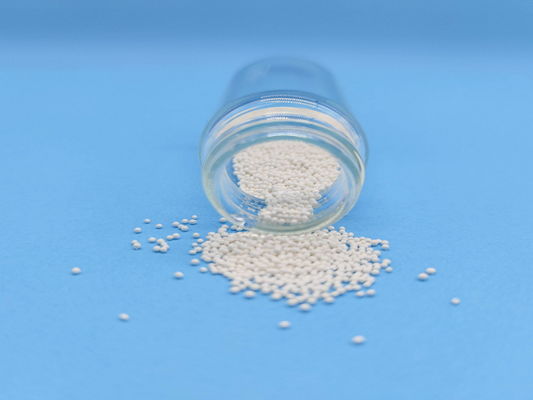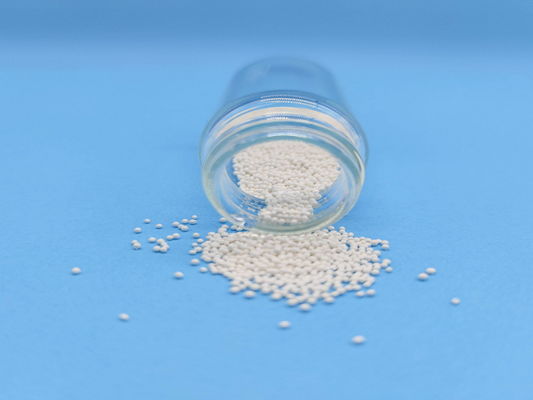White Ceramic Blasting Media Remove Oxides B170 Solid Ball ISO9001

Contact me for free samples and coupons.
Whatsapp:0086 18588475571
Wechat: 0086 18588475571
Skype: sales10@aixton.com
If you have any concern, we provide 24-hour online help.
x| Zro2 | 60%~65% | Sio2 | 30%~35% |
|---|---|---|---|
| Usage | Industry | Material | Ceramic |
| Color | White | True Density | 3.86g/cm3 |
| Highlight | White Ceramic Blasting Media,Ceramic Blasting Media,Ceramic Media Blasting |
||
Ceramic Blasting Media Remove Oxides B170 Solid Ball
INTRODUCTION
The ceramic pellet is synthesized by high temperature phase fixing method. The microstructure of ceramic pellet is uniform, with high hardness and surface smoothness, good sphericity, high success rate, suitable for various types of sand blasting machine.
FEATURES
Strong chemical resistance: Guarantees constant performance eg. consistent Surface blasting effect.
Low dust emission: Does not contaminate the work piece surface, and no hidden danger of silicosis, it is harmless to the human body.
Not easy to break: Recyclable,and can reduce the refueling times, improve working efficiency.
ADVANTAGES
· Compared with traditional steel sand and other abrasives, it will not cause pollution to the products.
· Energy consumption is lower than steel sand, and service life is much longer than glass sand.
· Environment-friendly and dust-free during use.
·Ceramic pellets have high toughness, hardness and abrasion resistance.
APPLICATION
Sandblasting with ceramic beads can produce a uniform and uneven rough surface on the cleaned surface to facilitate mechanical bonding of the coating. Using clean compressed air to drive clean ceramic sand to spray on the surface of the workpiece can generate compressive stress on the surface of the substrate, remove the surface oxide film, and cause lattice distortion of part of the surface metal, which is conducive to the physical bonding of the coating. The substrate metal can be sandblasted to obtain a clean, rough and highly reactive surface. This is an important preprocessing method.
The quality of the pre-treatment of the sandblasting process affects the adhesion, appearance, moisture resistance and corrosion resistance of the coating. If the pretreatment work is not done well, the rust will continue to spread under the coating, causing the coating to fall off in pieces.




